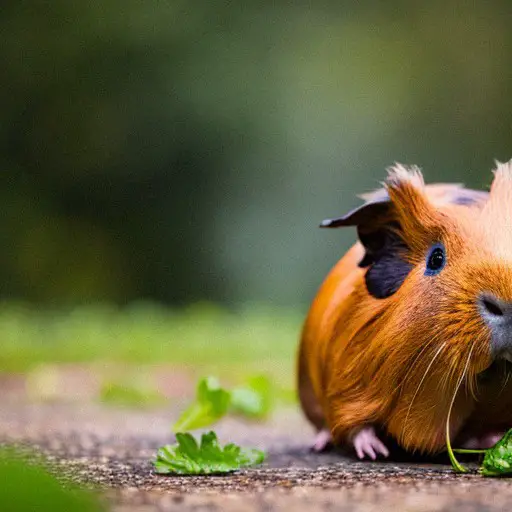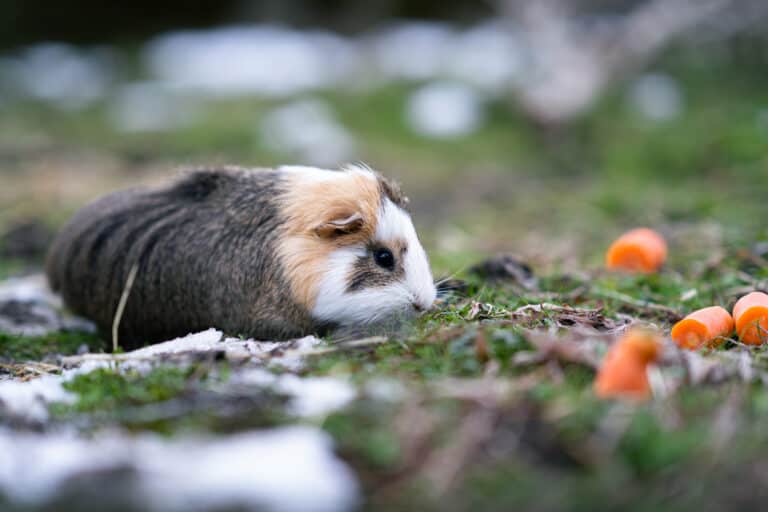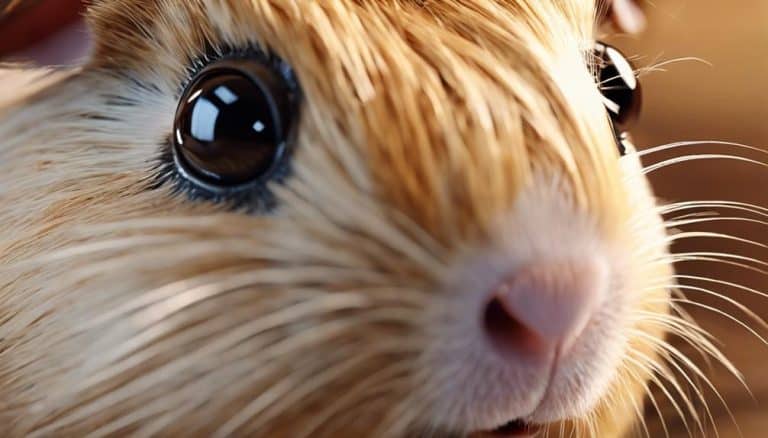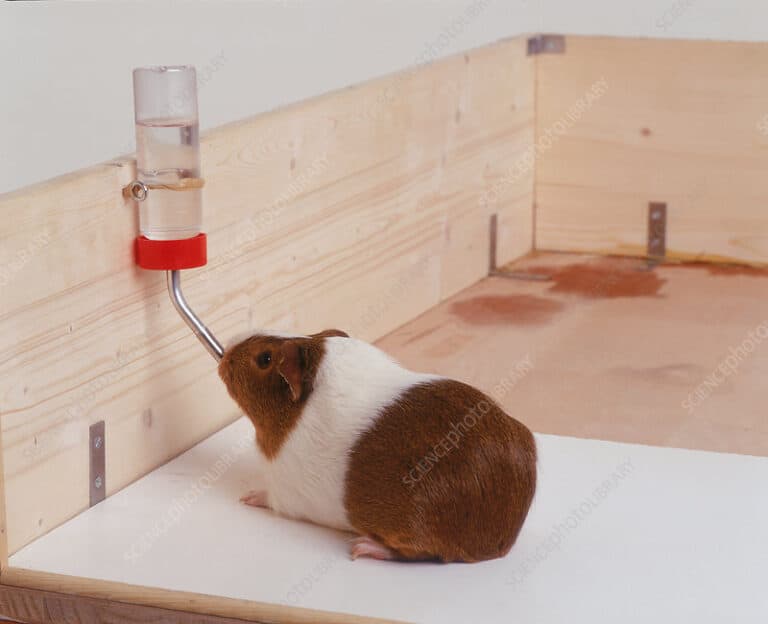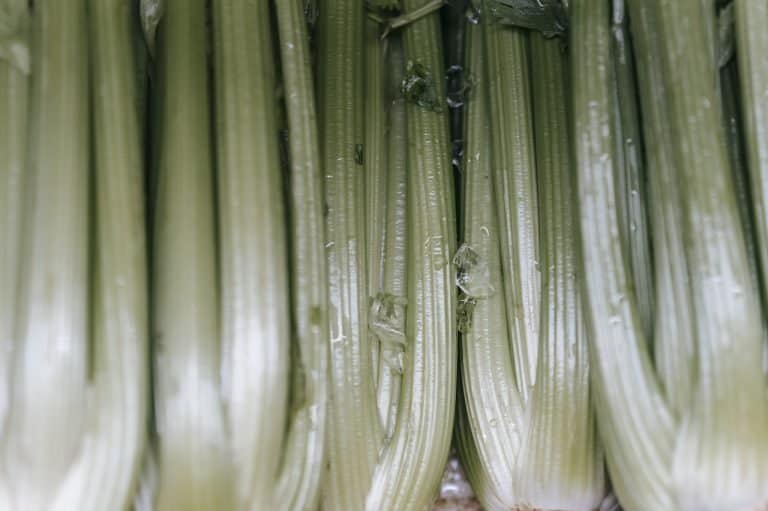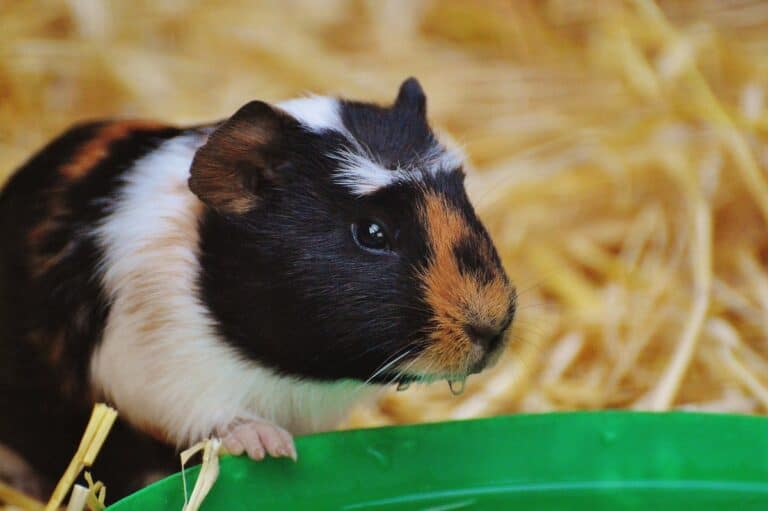Do Guinea Pigs Eat Each Other? Debunking the Myth and Exploring Natural Guinea Pig Behavior
Guinea pigs, also known as cavies, have long been adored by pet owners worldwide for their adorable appearance and friendly nature. But among the many questions that arise when caring for these small creatures is a rather macabre one: do guinea pigs eat each other? This unsettling myth has sparked curiosity and concern in countless individuals seeking to understand the ins and outs of guinea pig behavior.
However, it is essential to separate fact from fiction in order to ensure the wellbeing of our beloved pets. In this comprehensive article, we aim to debunk this disturbing notion while delving into the fascinating world of natural guinea pig behavior.
So let us unveil the truth behind these gentle rodents and unravel their complex social dynamics once and for all.
Guinea Pig Social Behavior: Understanding the Dynamics of Group Living
Understanding Guinea Pig Social Behavior
Guinea pigs are social animals that naturally live in groups called herds. In the wild, they form complex social structures where each member has a specific role. These roles include leaders, followers, and protectors.
Communication among Herd Members
Communication plays a crucial role in maintaining harmony within the herd. Guinea pigs use various forms of communication to interact with one another, such as vocalizations or squealing to indicate distress or pleasure. They also rely on body language cues like ear positioning and fur erecting.
Hierarchy and Dominance
Within guinea pig herds, dominance hierarchies develop to establish order and minimize conflicts. This hierarchy is based on mutual respect rather than aggression; dominant individuals assert their position by displaying certain behaviors like chin rubbing or mounting others.
By understanding these natural dynamics of guinea pig group living, we can debunk misconceptions about their behavior towards each other – including the myth that guinea pigs eat each other!
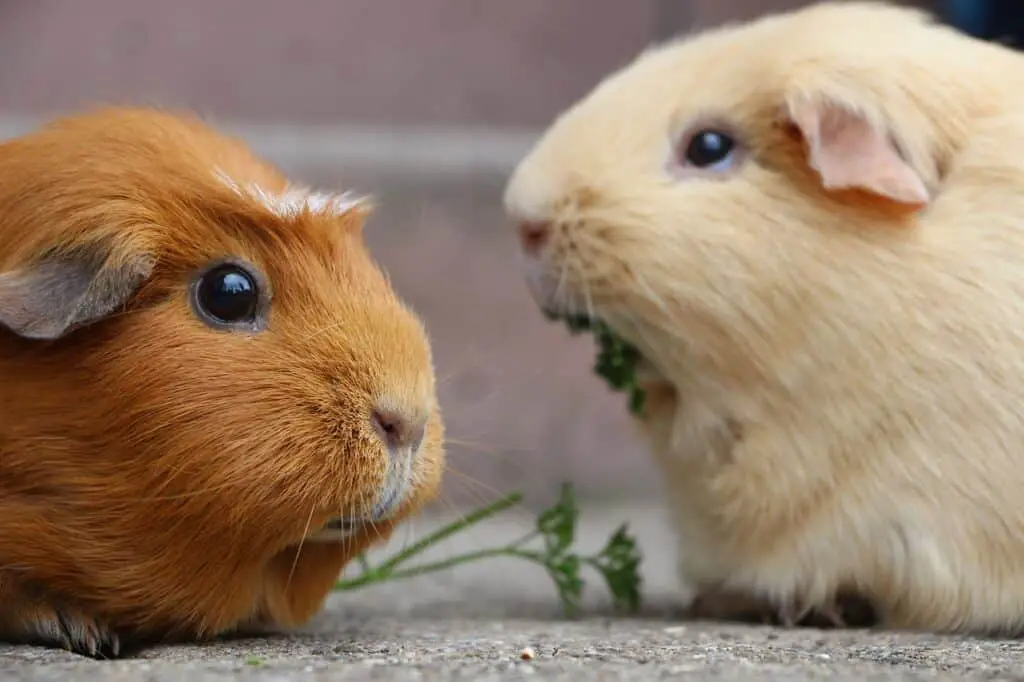
Natural Diet of Guinea Pigs: What Do They Eat in the Wild?
In the wild, guinea pigs primarily feed on a variety of grasses and plant materials. Their natural diet consists of fresh herbs, leaves, shrubs, bark, fruits, seeds, and flowers. The main component of their diet is green vegetation.
Guinea pigs spend a significant amount of their time foraging for food. They graze throughout the day to fulfill their nutritional needs. This grazing behavior is essential for their digestion as it helps them maintain a healthy gut.
While guinea pigs have adapted to live on hay-based diets in captivity, it’s important to remember that they still need access to fresh greens and vegetables. These provide additional nutrients and help mimic their natural feeding habits. It’s crucial for guinea pig owners to offer a diverse range of leafy greens like kale, romaine lettuce, parsley, and spinach alongside hay and pellets to ensure a well-rounded diet for these adorable pets.
Myth vs Reality: Debunking the Notion of Guinea Pigs Eating Each Other
Guinea Pigs as Social Animals
Guinea pigs are naturally social animals that thrive on companionship. They prefer living in groups and establishing bonds with their fellow guinea pigs. This natural behavior makes it highly unlikely for them to engage in cannibalistic behaviors, such as eating each other.
Understanding Normal Guinea Pig Behavior
In the wild, guinea pigs live in close-knit family units where they establish strong social hierarchies. They communicate through various vocalizations and body language to establish their roles within the group. While some dominance displays may occur, these are generally non-violent interactions and rarely lead to aggression or aggression-related behaviors such as cannibalism.
Not an Innate Behavior
It is important to note that guinea pigs do not have an innate nature to eat each other. Instances of guinea pig cannibalism usually only occur under extreme circumstances of stress, overcrowding, or inadequate food availability. This abnormal behavior is a response to exceptional situations rather than a reflection of their natural tendencies.
Providing a Suitable Environment
To prevent any potential instances of cannibalism among guinea pigs, it is vital for owners to provide a suitable environment for their pets. This includes ensuring they have enough space, proper nutrition, and opportunities for social interaction at all times.
Conclusion
Contrary to popular belief, guinea pigs do not typically eat each other as part of their normal behavior patterns. With proper care and attention from owners, these sociable creatures will enjoy happy lives without resorting to such drastic measures.
Signs of Aggression and Cannibalism in Guinea Pigs: Identifying Abnormal Behavior
Guinea pigs are generally social animals, but aggression and cannibalism can occur in certain situations. Here’s what to look out for:
- Aggressive behavior: If one guinea pig is continuously chasing or biting another, it may indicate aggressive behavior. Pay attention to any hair pulling or mounting as well.
- Visible injuries: Scratches, bite marks, or missing patches of fur on a guinea pig may suggest aggression or even cannibalism within the group.
- Separation refusal: If a guinea pig shows extreme resistance or fear when being separated from the others, it might be due to an ongoing conflict.
While some mild arguing or nipping is normal during territory disputes among guinea pigs, severe aggression and cannibalistic behaviors are abnormal and should be addressed promptly by a veterinarian.

